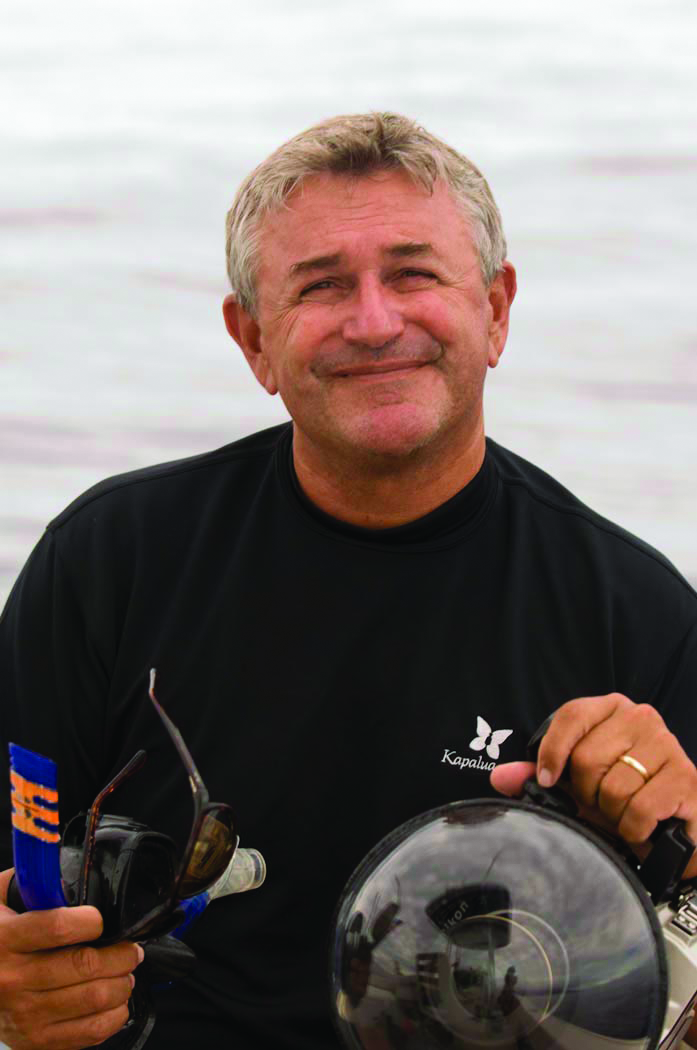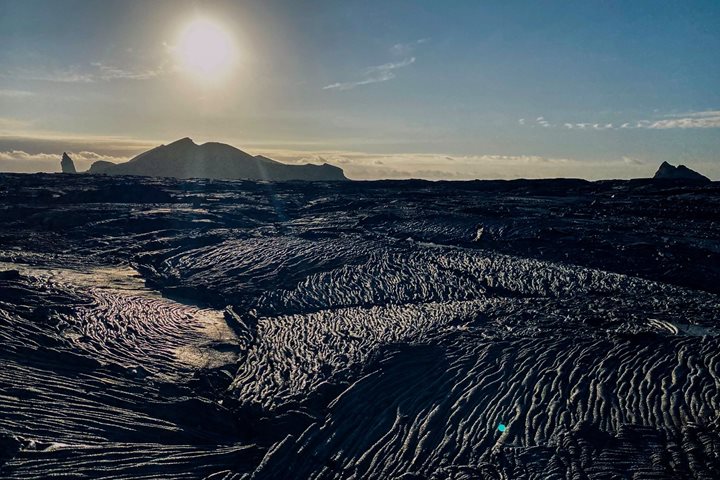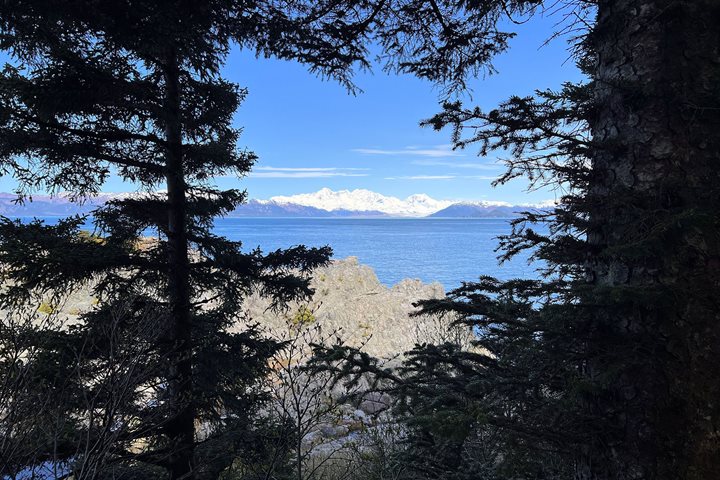Call +1.800.397.3348 or contact your travel advisor
- WorldView
- 5 Min Read
- 21 Feb 2018
Flip Nicklin on His Career Photographing Whales
Marine biologist Flip Nicklin is one of the world’s leading photographers of whales — and an expert on a number of our expedition cruises to Alaska, Baja, Antarctica, and beyond. We sat down with him to hear more about his career under the sea—and why he loves teaching our travelers about whales. Get Inspired By Photos, Videos, Webinars, Stories, And Exclusive Offers. Sign Up
 How did you end up devoting your photography career to whales?
How did you end up devoting your photography career to whales?
My father was a diver and a naturalist, and he taught me to dive at a very young age. He actually rode a whale back in 1963. Photos of him with the whale caught the attention of photographer Bates Littlehales of National Geographic, who came to document the whales with our help. My dad was inspired to become a whale photographer because he’d met one. He shot both films and stills, and made an IMAX film. I helped with that, met researchers, got some good pictures, showed the Geographic and they got interested in another story. Through the following 30 years, I’ve followed those researchers and the whales. I still work with Jim Darling, the first scientist I worked with. And I’m still trying to find out why humpback whales sing.
What are some of the leading theories?
It may be some kind of coordinating mechanism for males who want to be with a female. When the whales are in Hawaii, you’ll see big groups of males behind a female. Imagine that’s the Tour de France. The whales have their affiliates, their team. The song may be part of how they coordinate the team. Does survival of the fittest mean the biggest, strongest, smartest? Or perhaps the most socially adept. If you have the most friends, perhaps your cooperation with them trumps other strengths.
How do you divide your time between Alaska, Hawaii, and Baja each year?
My family migrates with the whales! It’s pretty great. My wife and I talk about this all the time. From where I sit as we speak in Alaska, I can see whales 200 yards away feeding right now. We’ve followed them for decades, and sometimes it feels like they’re following us. We bought a home in Hawaii to support whale research 20 years ago, and we keep coming back to find out what’s happening, to see what we’ll learn next. Whether it’s in Maui, in Baja, in Alaska, you might see great stuff, fascinating new behavior, at any time. Whales have become my addiction.
Do you frequently see the same whales and feel as if you get to know them?
In Alaska, we see many of the same whales day after day. There may be 60 whales, and only nine or ten of them come to the boats each day. In Hawaii, the whales are moving all the time. The first time scientists tagged whales in Hawaii, they discovered that within ten days, the whales had visited nearly all the islands. But here in Alaska, we see the same whales in the same places day after day for weeks at a time.
Humpback whales bubble net feeding in SE Alaska. Photo: Flip Nicklen
What are some of the most rewarding experiences you’ve had on our trips?
I love being around people as they make their own personal discoveries. On National Geographic expeditions, I meet friendly, thoughtful people who love the idea of whales. Bringing them up to speed on all we know today, answering their questions about the biology, the policy and politics, of these beautiful creatures—I get a big kick out of that.
Have you met many travelers who get as addicted to whales as you do?
All the time! People get hooked on photography, get hooked on the whales themselves. If you encounter the same whales here in Alaska and in Mexico, as people who go on multiple trips often do, you get a really sophisticated understanding of whale behavior, which whales are doing what. You can’t be around whales doing fun things without developing your own theories of why they do them.
Among all the photographs you’ve taken, do you have any personal favorites?
I have lots of them. Sometimes there isn’t a photo. One example: In 2004, a singing whale came up to the boat, another followed, and they did a sensual dance around each other. I was shooting digital at the time. The technology was still new, and some of the photos didn’t come out. But I saw it happen. I didn’t see that behavior again until 2012. When I saw it then, I knew it, knew what it was, and I got it with my camera. When you’ve thought about a behavior for years and years and you finally get the image, that picture comes through—that’s a very exciting moment. And that’s happened multiple times for me.
What would you say to someone who’s considering an expedition to see the whales with Lindblad Expeditions-National Geographic?
Yes—come on out! I can’t tell you which adventures you’ll have, but you’ll definitely have them. Amazing things will happen, they’ll happen up close, and you’ll remember them for a long, long time.



